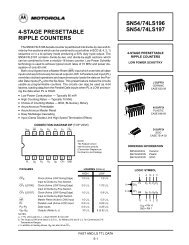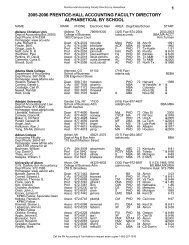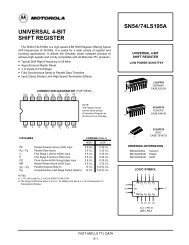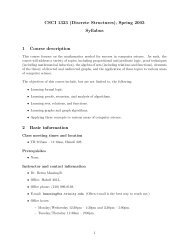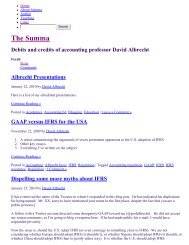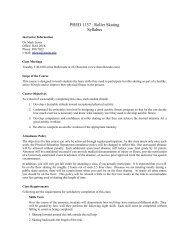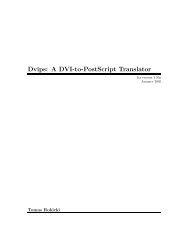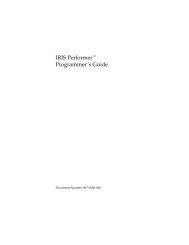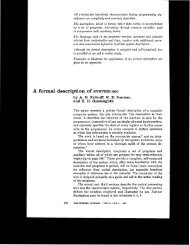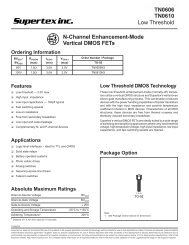fair value hedge accounting for a portfolio hedge of interest rate risk
fair value hedge accounting for a portfolio hedge of interest rate risk
fair value hedge accounting for a portfolio hedge of interest rate risk
You also want an ePaper? Increase the reach of your titles
YUMPU automatically turns print PDFs into web optimized ePapers that Google loves.
EXPOSURE DRAFT OF PROPOSED AMENDMENTS TO [DRAFT] IAS 39 AUGUST 2003<br />
A28. The <strong>portfolio</strong> identified in paragraph A26(a) could contain assets and<br />
liabilities. Alternatively, it could be a <strong>portfolio</strong> containing only assets,<br />
or only liabilities. The <strong>portfolio</strong> is used to determine the amount <strong>of</strong> the<br />
assets or liabilities the entity wishes to <strong>hedge</strong>. However, the <strong>portfolio</strong> is<br />
not itself designated as the <strong>hedge</strong>d item.<br />
A29. In applying paragraph A26(b), the entity determines the expected<br />
repricing date <strong>of</strong> an item as the earlier <strong>of</strong> the date that item is expected<br />
to mature or reprice to market <strong>rate</strong>s. The expected repricing dates are<br />
estimated at the inception <strong>of</strong> the <strong>hedge</strong> and throughout its life, based on<br />
historical experience and other available in<strong>for</strong>mation. These estimates<br />
are reviewed periodically and updated in the light <strong>of</strong> experience. In the<br />
case <strong>of</strong> a fixed <strong>rate</strong> item that is prepayable, the expected repricing date<br />
is the date on which the item is expected to prepay unless it reprices to<br />
market <strong>rate</strong>s on an earlier date. For a group <strong>of</strong> similar items, the analysis<br />
into time periods based on expected repricing dates may take the <strong>for</strong>m<br />
<strong>of</strong> allocating a percentage <strong>of</strong> the group, rather than individual items, to<br />
each time period. An entity may apply other methodologies <strong>for</strong> such<br />
allocation purposes. For example, it may use a prepayment <strong>rate</strong><br />
multiplier <strong>for</strong> allocating amortising loans to time periods based on<br />
expected repricing dates. However, the methodology <strong>for</strong> such an<br />
allocation shall be applied consistently and be in accordance with the<br />
entity’s <strong>risk</strong> management procedures and objectives.<br />
A30. As an example <strong>of</strong> the designation set out in paragraph A26(c), if in a<br />
particular maturity time period an entity estimates it has fixed <strong>rate</strong> assets<br />
<strong>of</strong> CU100 and fixed <strong>rate</strong> liabilities <strong>of</strong> CU80 and decides to <strong>hedge</strong> all <strong>of</strong><br />
the net position <strong>of</strong> CU20, it designates as the <strong>hedge</strong>d item assets in the<br />
amount <strong>of</strong> CU20. The designation is expressed as an ‘amount <strong>of</strong><br />
currency’ (eg dollars, euro, pounds) rather than as individual assets.<br />
It follows that all <strong>of</strong> the assets (or liabilities) from which the <strong>hedge</strong>d<br />
amount is drawn—ie all <strong>of</strong> the CU100 <strong>of</strong> assets in the above example<br />
—must be:<br />
(a)<br />
items whose <strong>fair</strong> <strong>value</strong> changes in response to changes in the<br />
<strong>interest</strong> <strong>rate</strong> being <strong>hedge</strong>d, and<br />
© Copyright IASCF 12




